With the start of Spring this week, the 11th annual Orchid Show at the New York Botanical Gardens is a must see. The beauty of the orchids, one more exotic than the next, is a fascinating experience to behold.
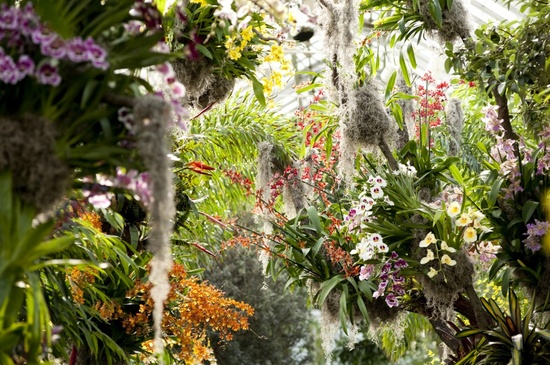
The show, which runs from March 2 to April 22, 2013, is a spectacular exhibit that displays thousands of orchids in the country’s largest curated show. The Enid A. Haupt Conservatory has been transformed into a lush rainforest where the orchids are displayed in an amazing array of colors, shapes, sizes and textures. Tens of thousands of blooms stand out amid stately palms and exotic tropical leaves.
This year they have incorporated into the show Hurricane Sandy storm damaged trees as a design element and an acknowledgement of how orchids grow in the wild. The New York Botanical Gardens has orchids from all over the world, there are more than 7,000 orchids representing 3,075 different varieties in their collection.
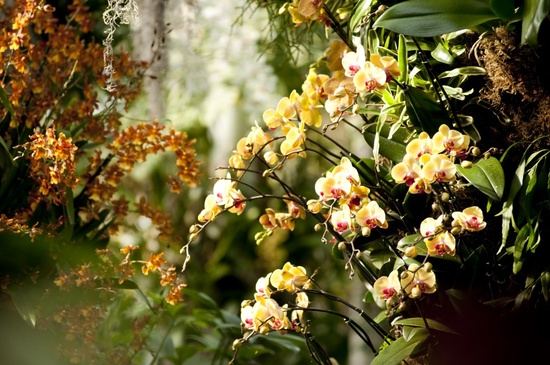
There also are special programs you can attend, including orchid care demonstrations, talks, and tours, to name a few. Located in the Bronx, New York, it is well worth a trip to experience the Orchid Show. Enjoy more photos of these mysterious flowers!
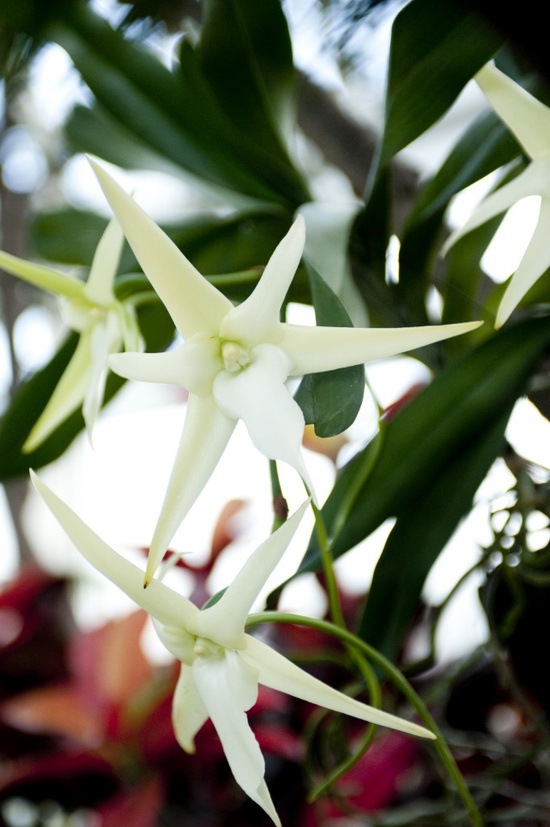
This year’s show includes a rare event — the Darwin’s Star Orchid in bloom. The Botanical Garden rarely gets to share this flower with visitors while it is in gorgeous full bloom. Visitors often look for this flower, not only because of its elegant beauty but because of its associate with Charles Darwin. Legend has it, Charles Darwin was sent one of these orchids. When he examined it, Darwin theorized there must be an insect with a long proboscis capable of reaching the nectar at the bottom of this long, narrow flower and, in the process, enabling the orchid to be pollinated. No such insect could be found, however, and many scientists ridiculed Darwin for his unsupported theory. It wasn’t until decades later that a hawk moth fitting Darwin’s exact description was found to be drinking from and pollinating these orchids late at night when their activity had been completely unobserved. Darwin’s Star Orchid turned out to be a perfect example of co-evolution.
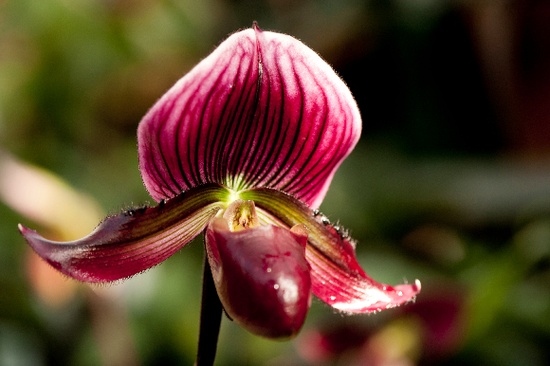
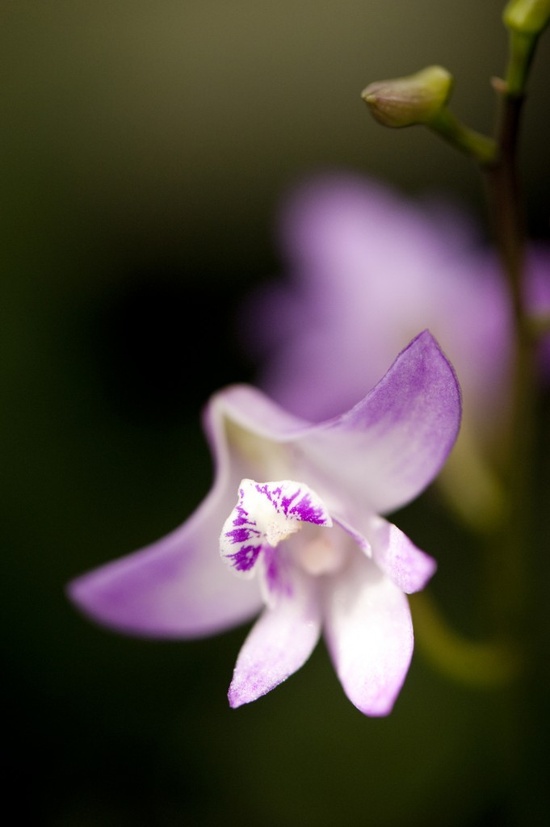
To learn more about the show and its special programs or to plan a visit, go to the New York Botanical Garden website or find them on Facebook.

